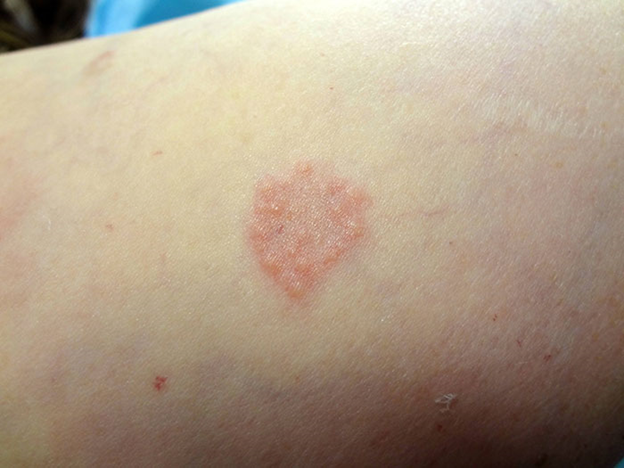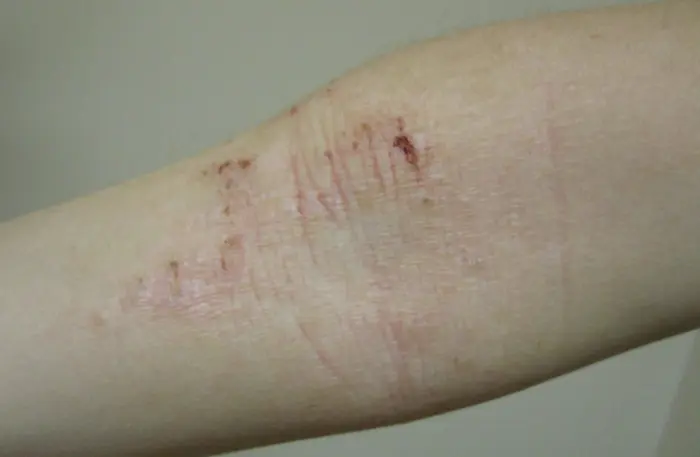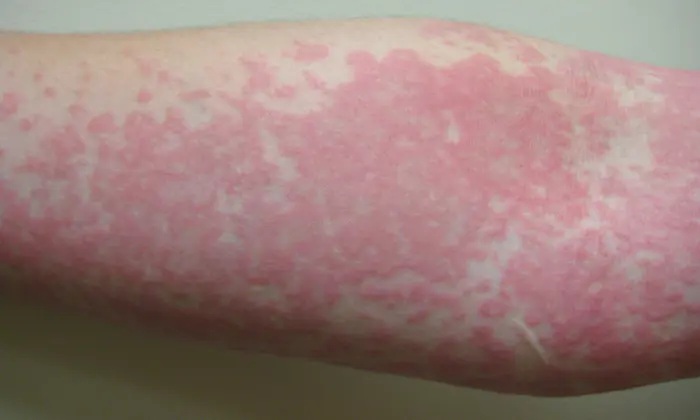What is Granuloma Annulare?
Benign Inflammatory Condition
Granuloma annulare is an uncommon and benign inflammatory condition of the skin. This condition is much more common in women than in men. Most cases of granuloma annulare resolve without treatment within two years and cause no symptoms aside from the lesions themselves.
What is Granuloma Annulare?
Benign Inflammatory Condition
Granuloma annulare is an uncommon and benign inflammatory condition of the skin. This condition is much more common in women than in men. Most cases of granuloma annulare resolve without treatment within two years and cause no symptoms aside from the lesions themselves.
There are Multiple forms of Granuloma Annulare
There are multiple forms of granuloma annulare though all present with firm nodules caused by clustering of T-cells below the skin.
Localized granuloma annulare is the most common form, manifesting as small (1mm – 5cm) firm bumps that are either skin colored or violet. These bumps grow over time and can appear individually or in a ring, commonly on the wrists, legs, ankles, and feet. This form can affect people of any age, though it is rare in infants. All forms of granuloma annulare are difficult to treat, but success has been found in topical and injectable steroids as well as cryotherapy.
Generalized granuloma annulare is rarer, characterized by the appearance of many small (1-2mm) firm lesions around the trunk, arms, and legs sometimes numbering in the hundreds or thousands. These lesions may grow over time or combine into plaques that can measure up to 6cm in diameter. This form usually only occurs in adults. Generalized granuloma annulare is very difficult to treat and no standard treatment exists, however, there are a multitude of therapies that have been used with varying degrees of success.
Subcutaneous granuloma annulare present as a firm skin-colored/pink nodule just under the skin. These lesion are most common in children and usually appear on the legs as isolated lesions but may develop in a cluster. Because these lesions usually resolve without treatment within 2 years they are rarely treated.
Perforating granuloma annulare is very rare and, unlike other forms, these lesions can be tender or itchy, may develop a crust or central ulcer, and are very likely to leave a scar. Unfortunately, most treatments for perforating granuloma annulare are not very effective and multiple simultaneous therapies are commonly used.
Consult your dermatologist if you believe you have granuloma annulare to find out what treatment options are available to you.























